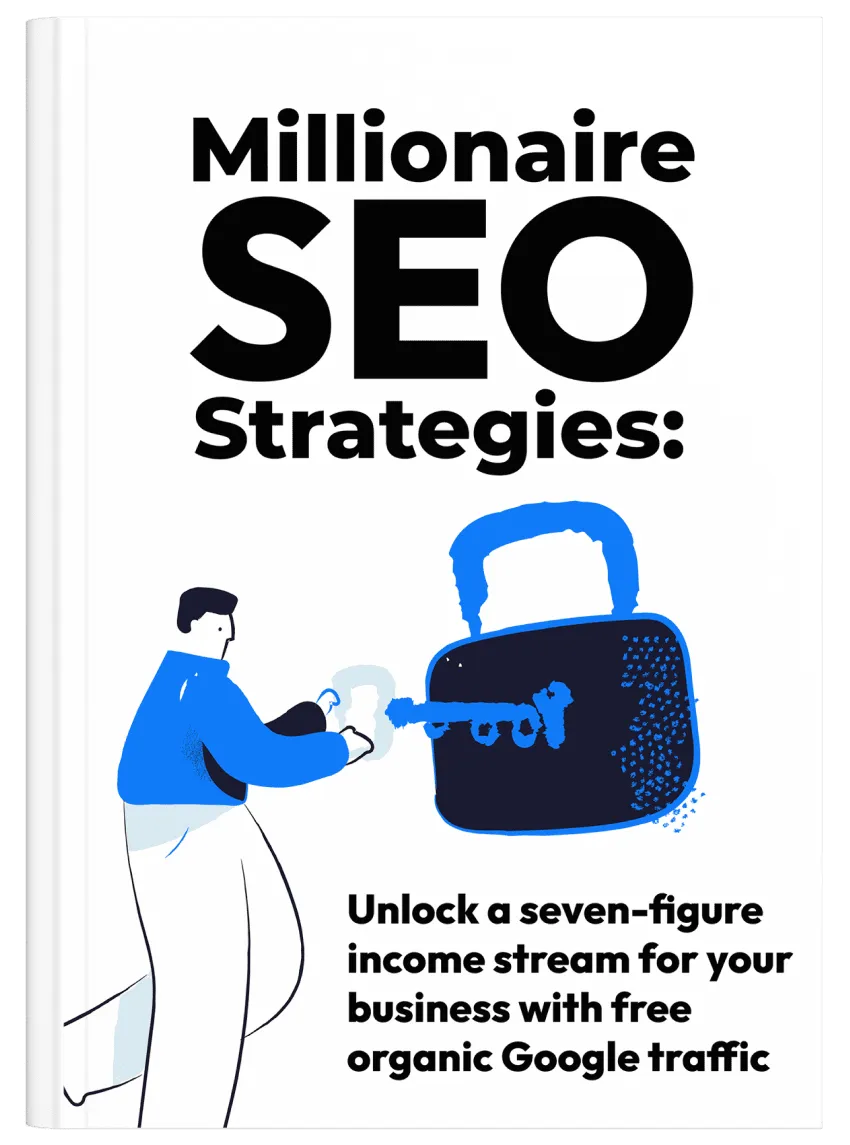6 Ways to Decrease Your Website’s Bounce Rate
Google Analytics defines bounce rate as “the percentage of single-page visits”. As an internet marketer, blogger or online business owner, you must know how detrimental the high bounce rate can be.
It is one of the primary goals of every online business to decrease its website’s bounce rate. If you are not getting the desired results, it is a clear indication that your content, website layout and marketing funnel has failed.
However, don’t worry. In this post, I share some really effective and practical tips to decrease your website’s bounce rate.
1. Drive the “Right Kind” of Traffic
The first tip is to ensure that you are driving the right kind of traffic to your website. Otherwise, it doesn’t matter what you do, you won’t succeed.
Not many website-owners realize this, but if you are driving visitors that are not really interested in your website, they will instantly bounce off. It’s only logical, isn’t it?
Let’s assume you are driving traffic through paid-advertisements, social media, forum-links and guest-posts, etc. Now, if you use vague – or misleading – anchor-texts, titles and ad-content, you will never drive the right kind of traffic. As a result, those visitors will bounce off your webpage right away, as they wouldn’t be able to find the information they were expecting to.
The tip is to use the right keywords to target your prospects and visitors. Furthermore, knowing about your audience and what they want also helps a lot.
2. Make Your Website Responsive and Mobile-Friendly
According to some recent research, approximately 17.4% of visitors are usually on mobile devices. If you don’t have a mobile-friendly and responsive website, all such visitors will bounce off right away.
And as more and more users are shifting on mobile devices, the importance of responsive websites is only going to increase. Otherwise, eventually, a huge chunk of your website traffic will bounce only because you don’t have a responsive design.
Robert Greiner, after implementing a responsive design, reduced the bounce rate from an awful 86% to just 1.5% within two days.
3. Make It Readable
What if you get the right kind of interested visitors, but they can’t easily read the content of your website?
Yes, you guessed it right. They will bounce off.
With so much information easily available on the web, the attention span of an average internet user is getting shorter by the day. You have to make the content of your website easily readable.
Following are a few tips for that:
- Choose the right font and font size. It doesn’t have to be fancy. It just has to be easily readable. Verdana, Myriad Pro and Open Sans are a few fonts that are considered very easy to read.
- Line height, letter spacing and line length: these are three options that you also need to consider. Improvise and experiment to find the right combination for your website.
- Use white as the background color. It’s easily the best option you have.
Moreover, you can also use an online tool for checking the readability of your website.
4. Loading Speed
Currently, it has to be the biggest factor for increased bounce rate.
People don’t like to wait. It is as simple as this.
If your webpage takes more than 10 seconds to load, nobody is going to wait that much. Moreover, apart from significantly damaging your website bounce rate, it also damages your search-engine rankings and negatively affects user-experience.
It’s important.
5. External Links in New Windows
It is a very basic concept, but a lot of people just don’t pay enough attention to it.
If the content of your webpage has external links, make sure that those external links open in new windows. Otherwise, whenever a user clicks on such links, she will be redirected to a new page. More importantly, she will no longer be on your webpage and it will be counted as a “bounce”.
6. Improve Your Sales Funnel
Most webpages are a part of a larger sales funnel. In other words, there is a set of multiple webpages that directs users towards the end of the sales process.
For example, one of your blog-posts may lead a prospect to a product description page. The description page then may lead the user to a landing page, which then leads her to the final buying page.
If you want to improve your website bounce rate – and if you want to make users don’t quit midway – you have to make this sales process very easy-to-understand, accessible and simple.
Conclusion
Surely, there are many things that you will have to consider here. For instance, make sure that your content has clear calls-to-action and accessible links to next webpages in the sales process.
Moreover, your website must also have a very clear and easy-to-understand navigation system. This includes the main navigational system, a search bar and sidebar-widgets to simplify browsing. However, it is considered a bad practice to have sidebars on your landing page, so keep that in mind.
You should see instant positive results as soon as you apply all these tips. Keep testing different aspects of your webpages to identify loopholes and optimise the copy and design.
Anyway, let’s get back to you.
How do you decrease your bounce rate? We’ll love to know that. Please share your valuable thoughts in the comment section below.






